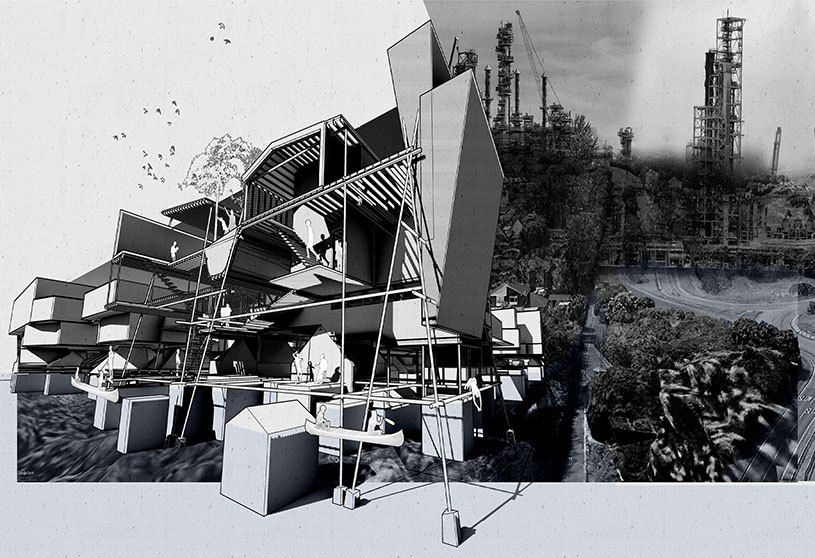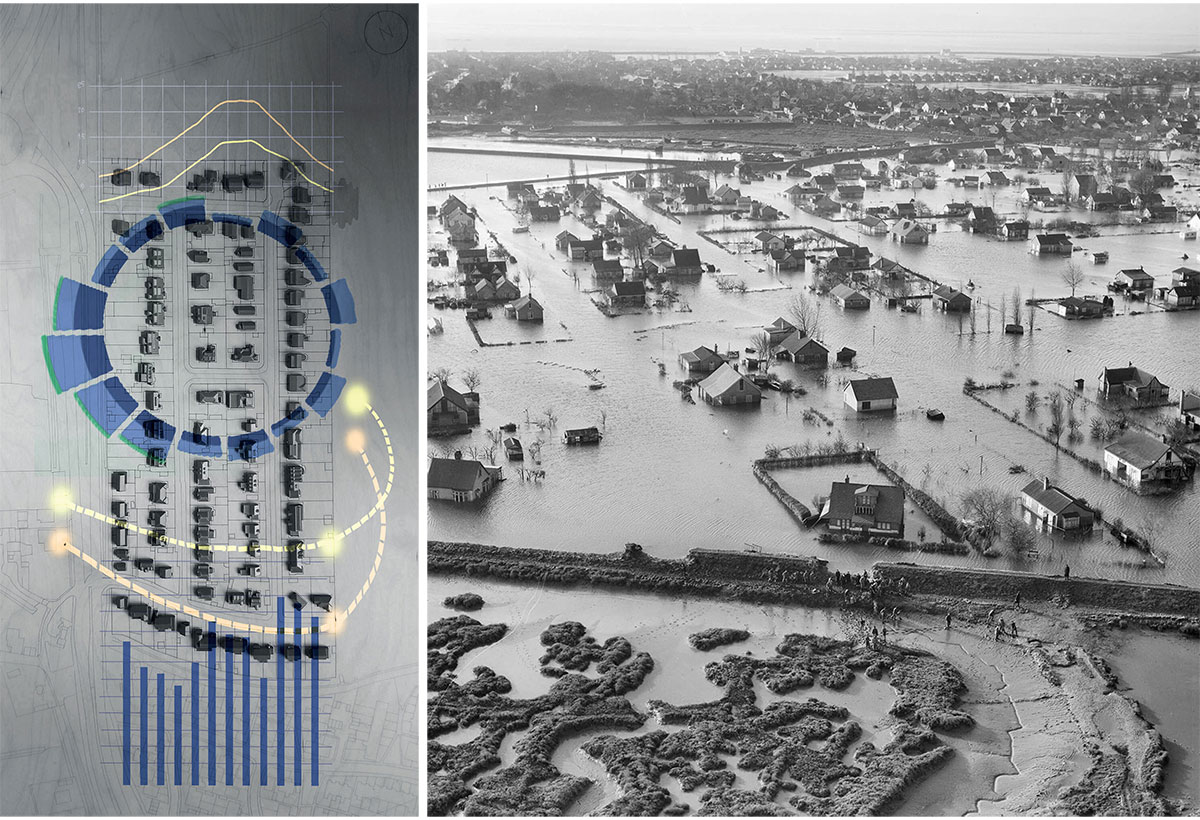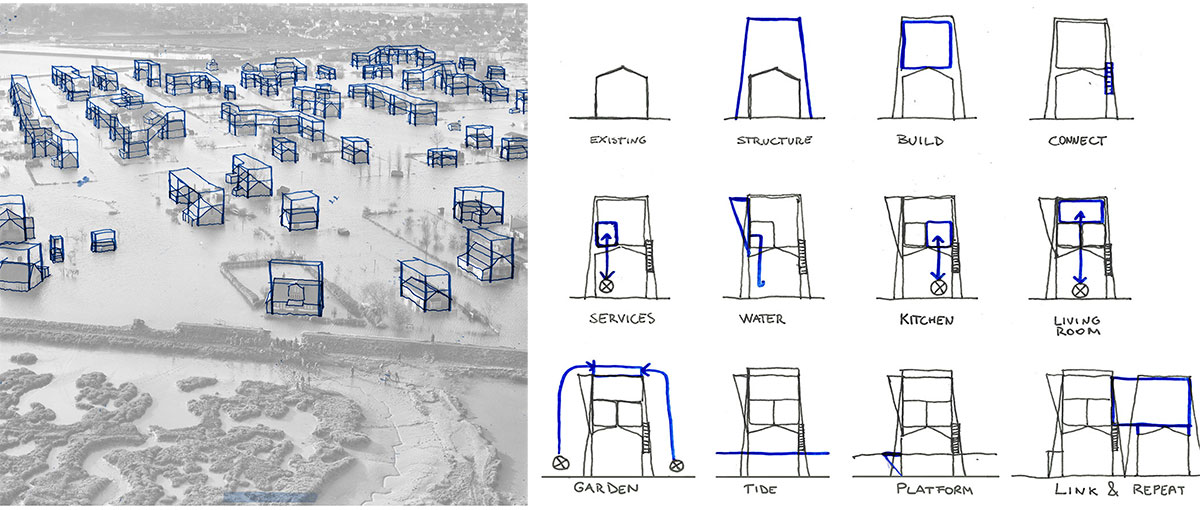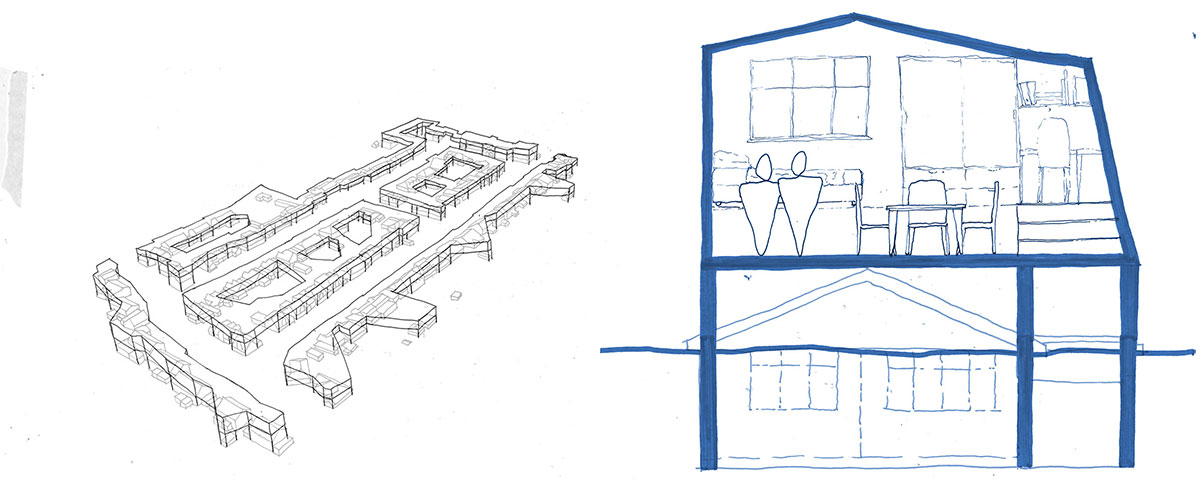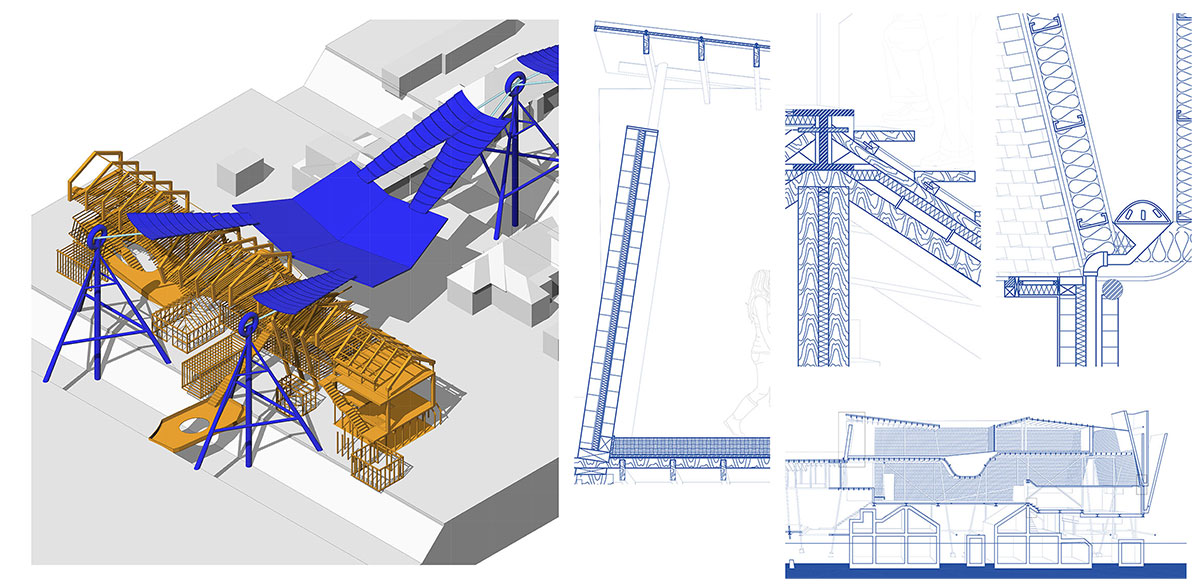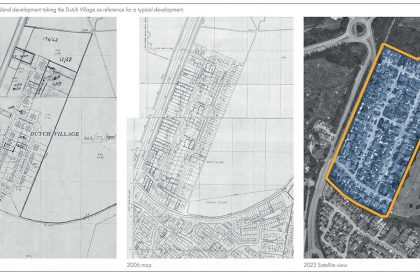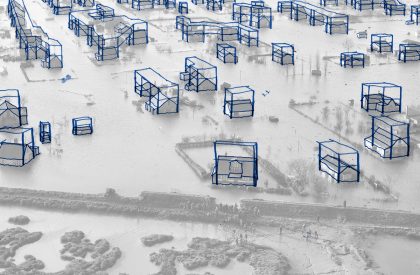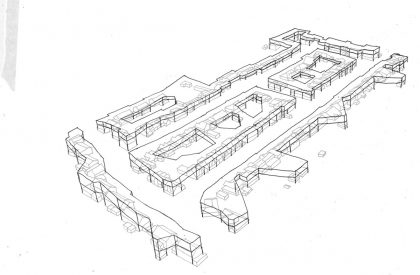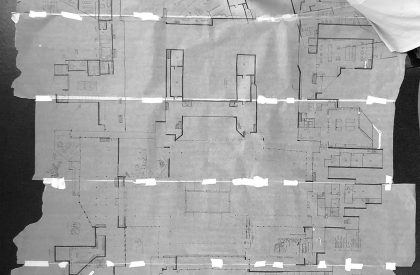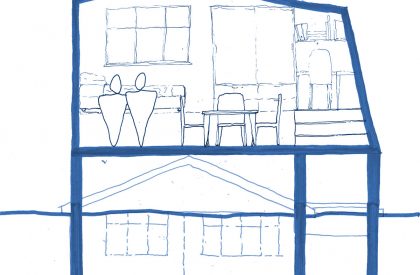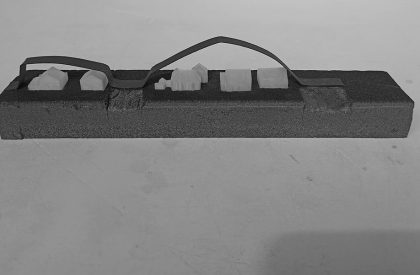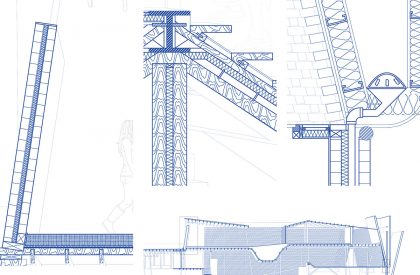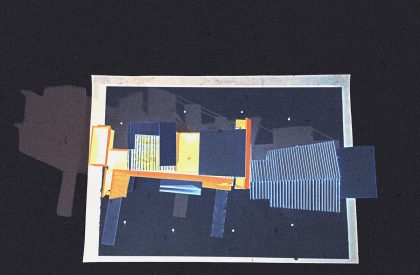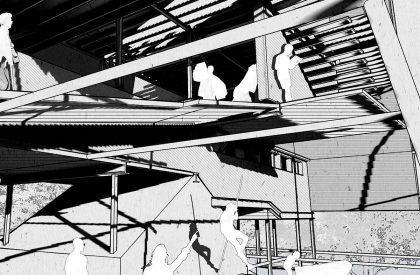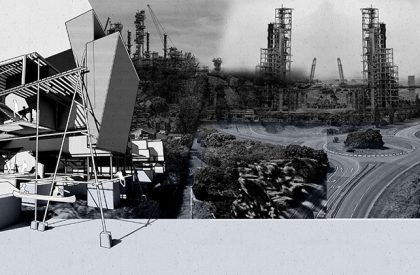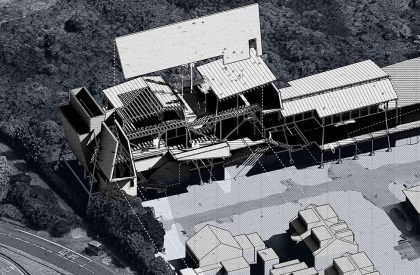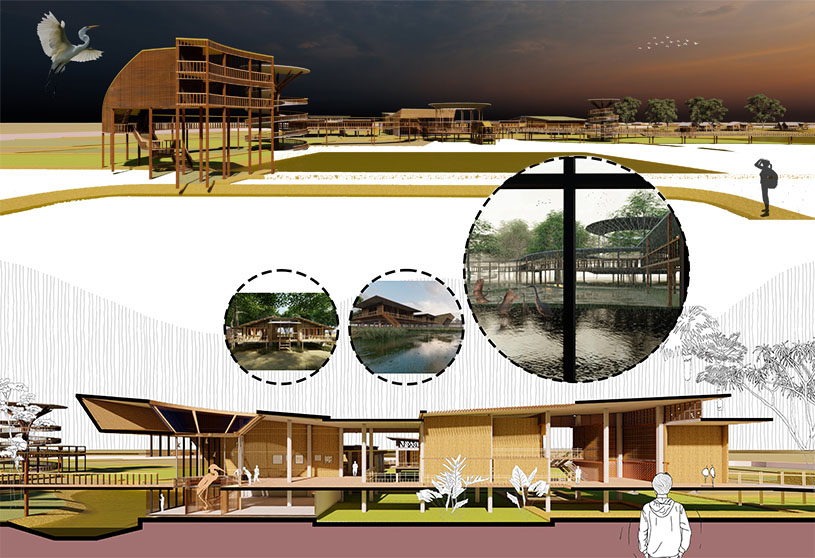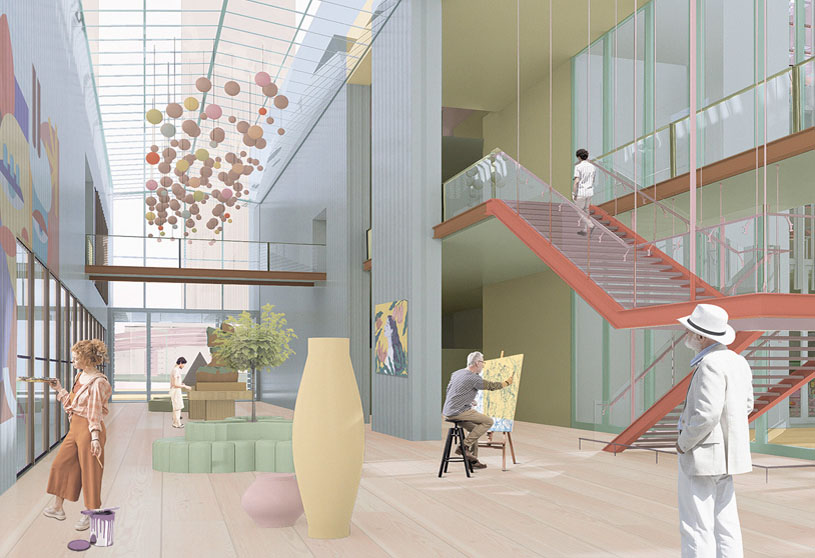Excerpt: ‘Suburbia.test’ is an architecture thesis by Raoul Tomaselli from the School of Architecture and Cities – University of Westminster, that seeks to build a self-sufficient community that can withstand impending flooding. The objective is to address the issue of the forthcoming natural consequences by implementing a number of strategies that are aimed at achieving the suburbs’ complete independence. Using the concept of circularity, this project provides a sustainable model for the construction of disaster-resistant structures.
Introduction: Suburbia.test is a self-sufficient master plan redevelopment project designed to address the impending sea level rise brought on by global warming in the context of Canvey, a British island in the Thames estuary. As per the predictions the ground floor of the suburb will be entirely submerged as the tide rises, just like in 1953 or worse. The objective is to address the issue of the forthcoming natural consequences by implementing a number of strategies that are aimed towards the suburbs’ complete independence.
Therefore, the goal of this proposal is to preserve the load-bearing structure and the foundation while constructing the upper levels using salvaged materials from the island, such as the oil refinery, trailer suburbia, and the ground floor of the homes. This will result in a co-living community that uses its own techniques for producing food, gathering and purifying water, producing electricity, and running the town independently using special modes of transportation.
Save